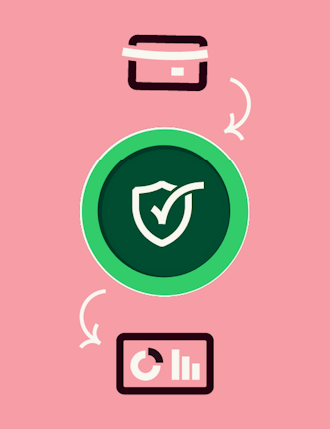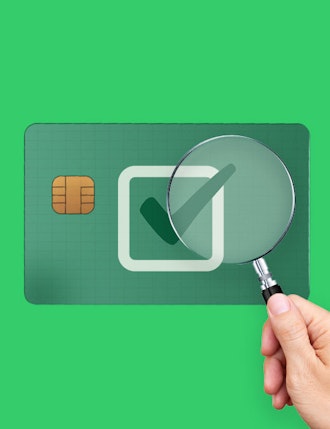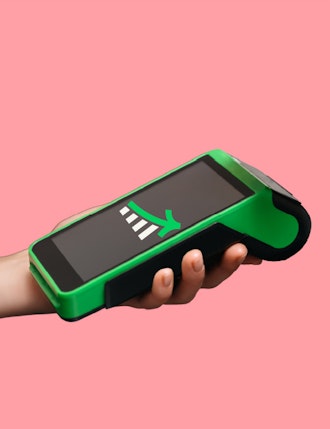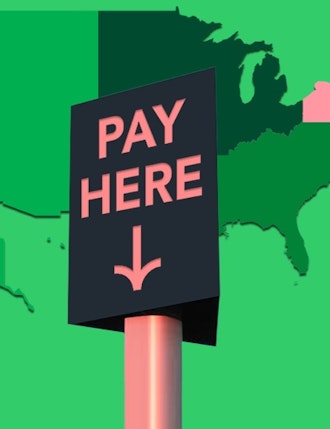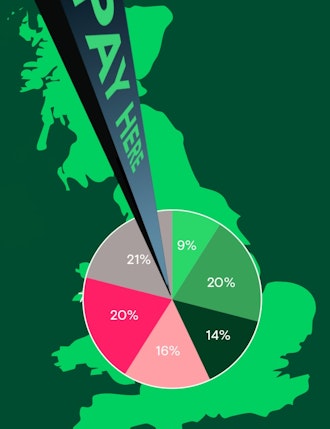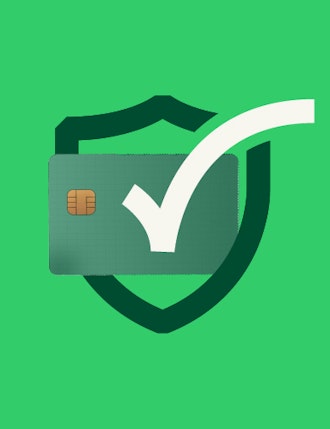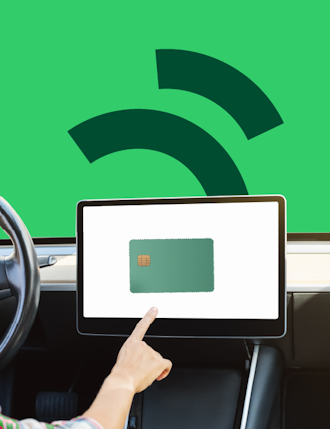Key Insights
-
Cybersecurity in payments is critical to protect financial and personal data, with methods like tokenization, encryption, and Point-to-Point Encryption (P2PE) offering robust protection against threats.
-
Payment orchestration presents challenges in maintaining security across multiple devices and methods, but adopting open standards and secure integration layers can minimize risks.
-
Staying ahead of evolving cyber threats requires regular updates to payment security systems, ensuring they remain resilient against future attacks and protect the entire payment ecosystem.
Don't have time to read more now? Sign up to our newsletter to get the latest insights directly in your inbox.
The payments industry is driven by technology and innovation, plus a critical element that businesses often overlook until it’s too late: cybersecurity. The stakes are high, and in an industry where hacking evolves as quickly as the technology designed to stop it, the payment sector stands as a lucrative target. As October is cyber security awareness month, the question every business should be asking is: "How secure are our payment systems?"
Understanding cybersecurity in payments
Before diving into the depths of how cybersecurity applies to payments, it’s essential to clarify what cybersecurity means. In simple terms, cybersecurity refers to the practices and technologies designed to protect systems, their networks and the data within them from unauthorized access or attacks. In the context of payments, it’s about ensuring that both the financial information and personal data exchanged between consumers and businesses are safe from malicious threats.
In-person payment orchestration tackles exactly this by offering a secure environment where various payment methods can coexist without compromising safety. The key to this orchestration lies in using a cloud-based integration layer, which separates device management from payment processing. This separation simplifies operations and bolsters security by ensuring that each part of the system operates independently, limiting the risk of cross-contamination in the event of a breach.
Which secure payment methods work best?
When it comes to secure payment methods, businesses and consumers alike must ask, "What is the most secure method of payment?" The answer depends on several factors, but methods like tokenization, encryption, and P2PE stand out as some of the most reliable. Tokenization replaces sensitive card data with unique identification symbols, ensuring that even if data is intercepted, it’s virtually useless to cybercriminals. Meanwhile, P2PE protects data throughout its journey, from the moment it’s captured to when it reaches the payment processor.
However, security isn’t just about the technology used, it’s also about ensuring compliance with relevant regulations. Payment systems must adhere to standards such as PCI DSS, GDPR, and PSD2. Compliance with these regulations ensures the safety of customer data, as well as minimizing legal risks for businesses.
Here’s a brief run-through of what these security methods do and how they fit into the average payment system:
- Tokenization: Tokenization is a process where sensitive payment data (like credit card numbers) is replaced with a unique identifier, or "token." This token has no exploitable value if intercepted, making it an effective way to protect sensitive information. In a typical payment system, tokenization is used after the payment data is captured. It ensures that even if a breach occurs at any point later (e.g., during storage or processing), the intercepted tokens can't be used to initiate fraudulent transactions.
- Encryption: Encryption converts payment information into unreadable code, which can only be decrypted with the right decryption key. In payment systems, encryption is used at various points in the transaction process—especially during data transmission (such as when the customer submits payment info). This ensures that even if someone intercepts the data in transit, they can’t understand or use it without the decryption key.
- Point-to-Point Encryption (P2PE): P2PE secures data from the moment the payment is initiated until it reaches the payment processor. With P2PE, the data is encrypted directly at the point of sale (e.g., in a card reader) and remains encrypted throughout its journey. This method reduces the risk of data theft in the middle stages of a payment process, such as while the transaction data is transmitted to payment gateways.
- Compliance and regulatory considerations: In addition to using advanced security technologies, businesses must also ensure their payment systems comply with regulatory standards. PCI DSS, for example, sets requirements for securing cardholder data and applies to all entities involved in processing payments. GDPR mandates strict controls on personal data protection within the EU, while PSD2 introduces enhanced security measures, such as Strong Customer Authentication (SCA), for online transactions. Non-compliance with these regulations can lead to significant penalties and damage to a company’s reputation.
- Secure payment gateways and orchestration: Orchestrating payments through secure, PCI-compliant gateways ensures that all transactions are handled with the highest level of security protocols. These gateways act as a protective intermediary between the customer, merchant, and payment processor, ensuring sensitive data is managed and transmitted securely. By adhering to these protocols, businesses can not only meet regulatory requirements but also safeguard against evolving threats.
But even with all these security methods in place, conditions are ever-changing. Hacking methods are advancing. Systems that worked five years ago may no longer be adequate. Businesses need to stay ahead by implementing secure payment methods and by regularly reviewing and updating them. The most secure payment method today might be insufficient tomorrow if complacency takes hold.
Cybersecurity challenges in payment orchestration
Payment orchestration offers businesses the flexibility to choose both terminal and backend providers while supporting multiple payment methods. However, this versatility also introduces challenges. One major issue for stakeholders is navigating the complex landscape of managing secure payments across various device types, each with its own vulnerabilities. Using different terminals can unintentionally increase risk exposure.
These challenges can be addressed by adopting open standards like ISO 20022, along with Android-based solutions and managed micro-services. ISO 20022 facilitates secure and consistent data exchange between payment systems, helping to minimize communication risks. Android-based payment terminals, with features such as encryption, secure boot, and regular updates, provide a solid security foundation for managing multiple payment methods within orchestration environments.
A good example of this in action is the infamous Target data breach that exposed over 40 million payment card details, leading to billions of dollars in losses and damaged reputations. The breach started with a vulnerability in a third-party vendor’s system, proof that no part of the payment ecosystem is immune if any link in the chain is weak.
To avoid such disasters, the payment industry has embraced enhanced security measures that ensure endpoints are more resilient to attacks. Systems must focus on making it difficult for attackers to jump from one compromised area to another. For instance, a system that uses endpoint segregation, such as the cloud-based integration layer we have here at Aevi, creates a safer environment where the most secure payment methods can operate alongside the more open world of data processing.
Real-life cyber security solutions in action
Several businesses have successfully integrated advanced cybersecurity protocols into their payment systems. For instance, PayPal uses advanced encryption, tokenization, and multi-factor authentication to protect user data and transactions. This emphasis on continuous security updates is why companies like PayPal have been able to maintain trust with both small businesses and major enterprises alike.
Closer to the hardware side of things, SoftPOS (software-based point-of-sale) solutions have emerged as game-changers in the secure payment space. By meeting stringent security standards, SoftPOS ensures that payments made via mobile devices maintain the highest level of security, rivaling traditional hardware terminals.
What’s to come in payment cybersecurity?
It’s not just about preventing breaches but also about creating an environment that anticipates and adapts to new threats. The payment ecosystem has to evolve, not just with technology but with the ways in which it integrates cybersecurity into every level of operation. Businesses should be asking themselves: Are we future-proofing our payment systems? What cybersecurity measures are in place for tomorrow’s threats, not just today’s?
Emerging technologies like AI for fraud detection and blockchain for secure transactions are already being integrated into the payment cybersecurity infrastructure. These innovations offer powerful tools to detect and prevent evolving cyber threats, as well as being able to respond to them with greater accuracy and speed.
A safe ecosystem doesn’t happen by chance. It requires intentional design and regular reviews, and of course, updates. And in the payment world, where trust is a currency in itself, ensuring robust cybersecurity measures is non-negotiable. Businesses must prioritize securing their payment systems, protecting not just themselves but their customers and stakeholders too, as without it, the entire ecosystem crumbles.
Use this awareness month to enhance the security of your payment processes, ensuring that your data and transactions are protected at every stage. Reach out to us today!
Interested in reading more around this subject? Here are some useful articles…

